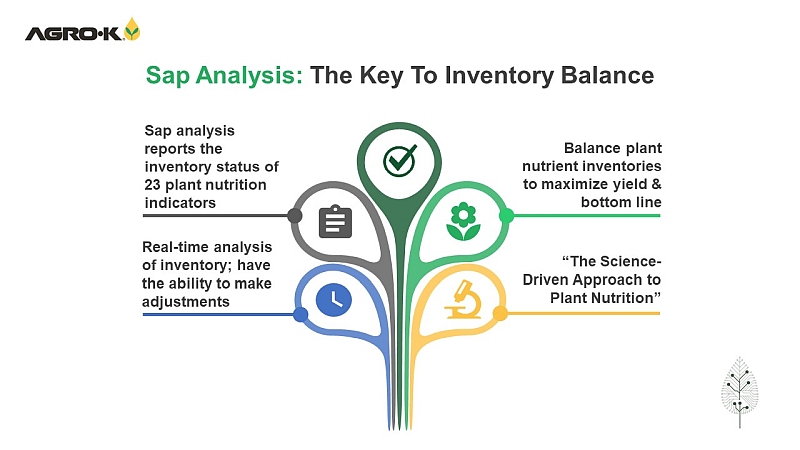Opinion: Growers Must Engage The Public To Remain Relevant

During a recent speech, USDA Secretary of Agriculture Tom Vilsack made the claim that rural America is becoming “less and less” relevant. That’s a startling thought and maybe a little offensive, especially if you are from rural America.
His point was populations continue to shrink in rural areas and the result is a loss of political influence. He cited rural lawmakers’ inability to pass a Farm Bill as an example.
Vilsack’s point was provocative. Like provocative statements often do, it got me thinking. I believe the Secretary was correct at least on some levels. If you’ve seen the county-level voter map of the U.S. that showed “red” and “blue” counties, it illustrates the point. From a distance, the map appeared almost entirely red for Romney. The blue counties for Obama looked much smaller on the map, but they were in the urban centers. And we all know the result of the election.
Those people in the urban centers may not have an appreciation of what is involved in commercial agriculture. In fact, many view modern agriculture as suspect and not to be trusted. Part of this distrust is driven by popular media, and it is partly our own fault.
Sometimes we’ve been quick to ridicule (myself included) the lack of knowledge among the non-farm public and media. Like when we make fun of somebody who thinks the tomato comes from the grocery store.
The thing is, people generally don’t respond well to ridicule. So what do we do? I believe we must engage and be much more transparent about farming here in America.
Farmers, by tradition, have viewed themselves as rugged individualists. Along with that comes a reticence to call attention to themselves. I’ve encountered this many times in writing about agriculture. I remember one grower who I was pursuing to write about his innovative farming practices. He told me, “We like to keep a low profile. We ride Shetland ponies around here.” So, the gold mine of knowledge this grower represented went unreported.
I get that many farmers like to keep a low profile and sometimes get burned by opening up. I recall the experience of a cotton grower I know in Mississippi. He opened his farm to the Wall Street Journal during a time when farm subsidies were in the spotlight. The grower felt he really made a good impression on the journalist about how important cotton was to the local economy there. But, the journalist’s editor had a different agenda. The front-page story came out and it portrayed this grower in a way that made him look responsible for poverty in Africa because he had received subsidies from the government. Ouch!
The good news is you can bypass traditional media. You can meet the masses where they are at with tools like social media. We have to be proactive in bridging the gap between urban areas and the farm. If you don’t engage, folks who may not have your best interest in mind will be the ones who define you and lead the conversation.
What about the growers who are engaging the public? Most all of them tell me it is a very rewarding experience and that they are making a positive impression on people who know little about agriculture.
If you’d like to learn more about how to engage, I’d suggest you visit the UF/IFAS Center For Public Issues Education. The institution will help you learn how to communicate better with your customers both rural and urban. Visit their website at CenterPie.com.
PS: If I ever ask you to let me write a story about your farm, please don’t tell me you ride Shetland ponies.










